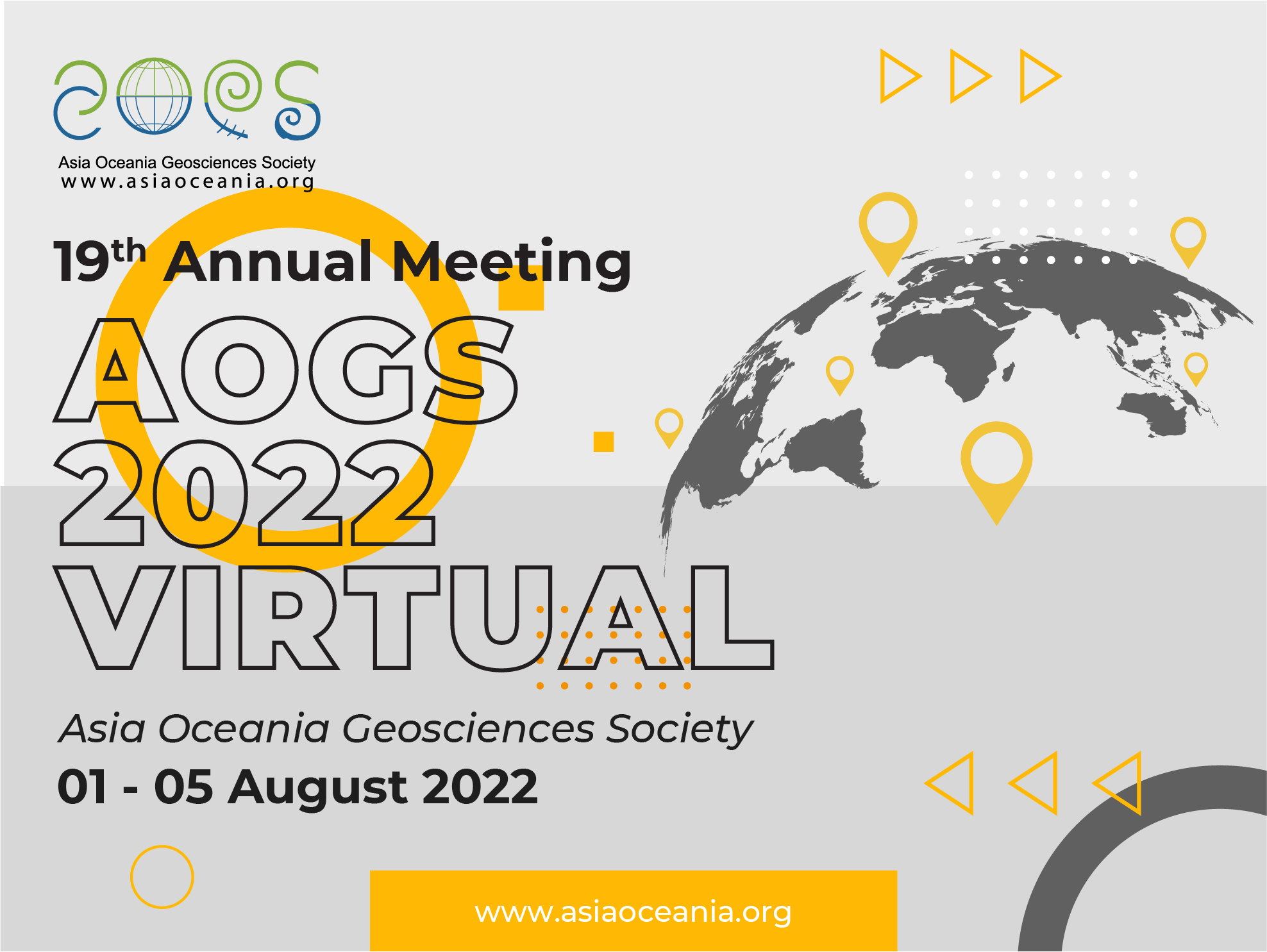
Jiashun HU
Program uses Singapore Time and is 8 hours ahead of GMT
SE Kamide Lecture/Live Q&A Thu-04 Aug 10:00 – 10:45
Data-Oriented Geodynamic Modeling and its Application to the Study of South American Tectonics Since the Late Cretaceous
Traditional geodynamic models aim to explore first-order physical laws in idealized settings, leaving large room for debate when mapping them to reality. These debates can be partially solved by utilizing the prosper of geological and geophysical data in recent decades as constraints for geodynamic models. With this purpose, we have been developing data-oriented geodynamic models that are characterized by geographically referenced modeling and the utilization of multiple observational constraints, and further applied this method to the study of South American tectonics since the Late Cretaceous.
South America has a relatively simple subduction history when compared to many other subduction zones, but several questions remain hotly debated, including the formation mechanism of flat slabs in Peru and central Chile, the causes of variational shortening along the Andes, and the evolution of the cratons in the continental interior.
To investigate the dynamics behind these questions, we have built data-oriented geodynamic models that are consistent with plate kinematics, seafloor age histories, and present-day seismic structures including seismic tomography, Benioff zones and seismic anisotropy. We find the formation of flat slabs can be ascribed to the combinational effects of subducting buoyancy anomalies and the hydrostatic suction from the overriding plate, shedding lights on the distribution of intermediate-depth earthquakes and the occurrence of adakitic and ore-forming magmatism. Further investigation into the deformation of upper plate suggests the Andes is likely caused by the spatial and temporal change in plate coupling which in turn is controlled by trench-sediment subduction. This model could explain both the southward growth of the Andes and the variation in the magnitude of crustal shortening along the Andes. Finally, the joint interpretation of lithospheric evolution using geodynamic models, and geophysical, geological and petrological constraints reveals that the elevated topography of the Brazilian highlands and that of southern Africa results from late Mesozoic removal of dense cratonic roots. The improved understanding on these processes may help generate more insights on the consequences of plate tectonics and the evolution of the mantle lithosphere.
Dr. Jiashun Hu is an Assistant Professor at the Department of Earth and Space Sciences at Southern University of Science and Technology (SUSTech) in China. He received his Bachelor’s degree in Geophysics from Peking University in 2013, and his Ph.D. in Geology under the supervision of Dr. Lijun Liu from University of Illinois at Urbana-Champaign in 2018. He then worked as a post-doc at the Seismological Laboratory at Caltech, advised by Dr. Michael Gurnis, until he joined SUSTech as an Assistant Professor in 2020. For most of his research, he uses large-scale computing and data-oriented geodynamic models to simulate the complex behavior of the solid Earth. His research interests involve several topics, including the driving mechanisms of plate motion, orogenic process at subduction zones and the evolution of the continental lithosphere.

Jiashun HU
Department of Earth and Space Sciences, Southern University of Science and Technology
